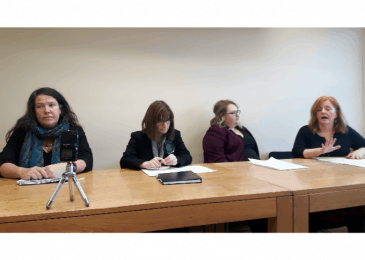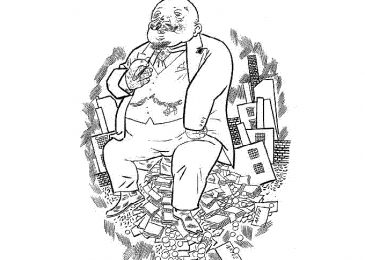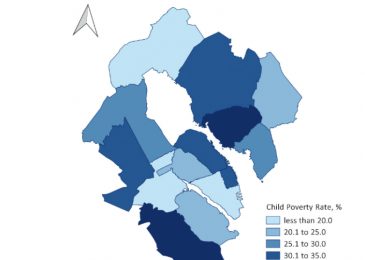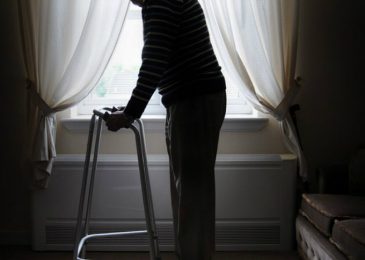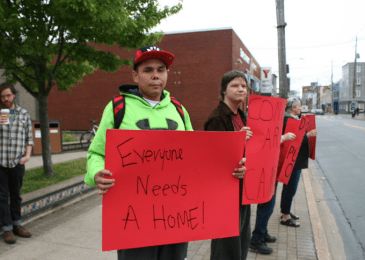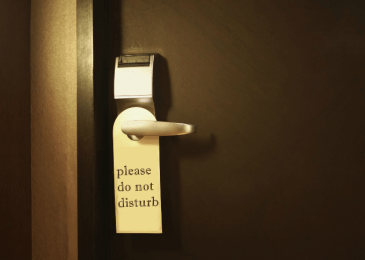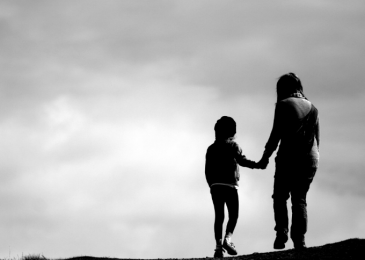Broad coalition of community groups demands increased welfare rates and meaningful consultation
17 groups and individuals have signed off on a letter demanding that the Department of Community Services raise income assistance rates quickly and substantially. The loose coalition also wants real input in the secretive Community Services transformation.

